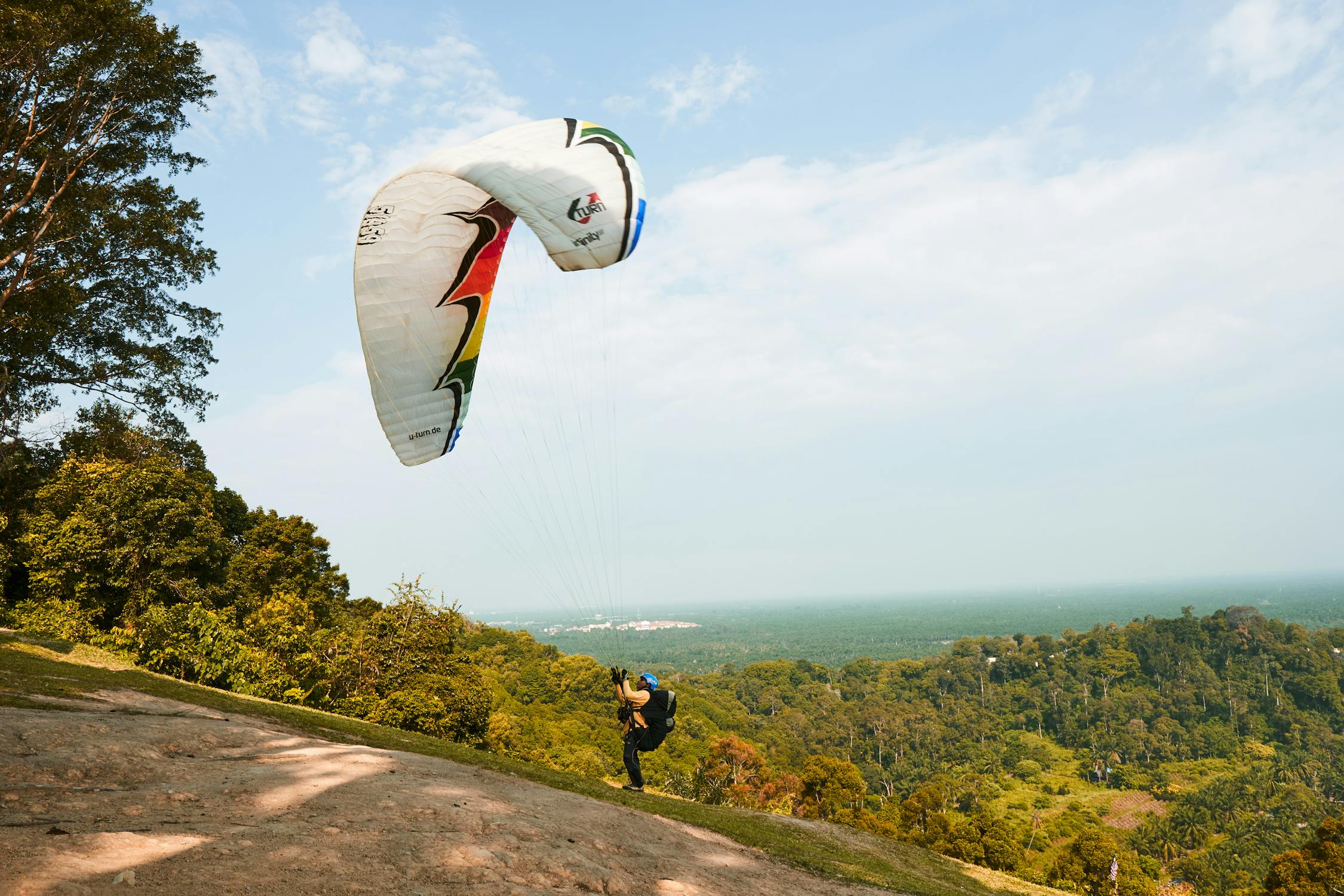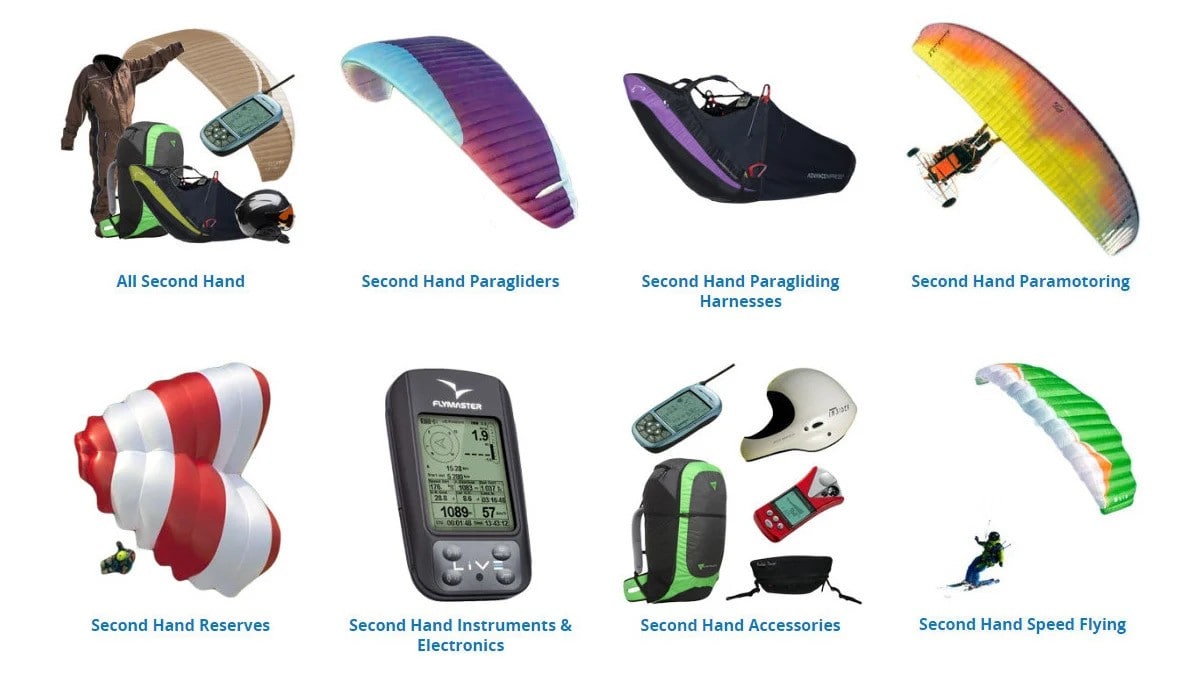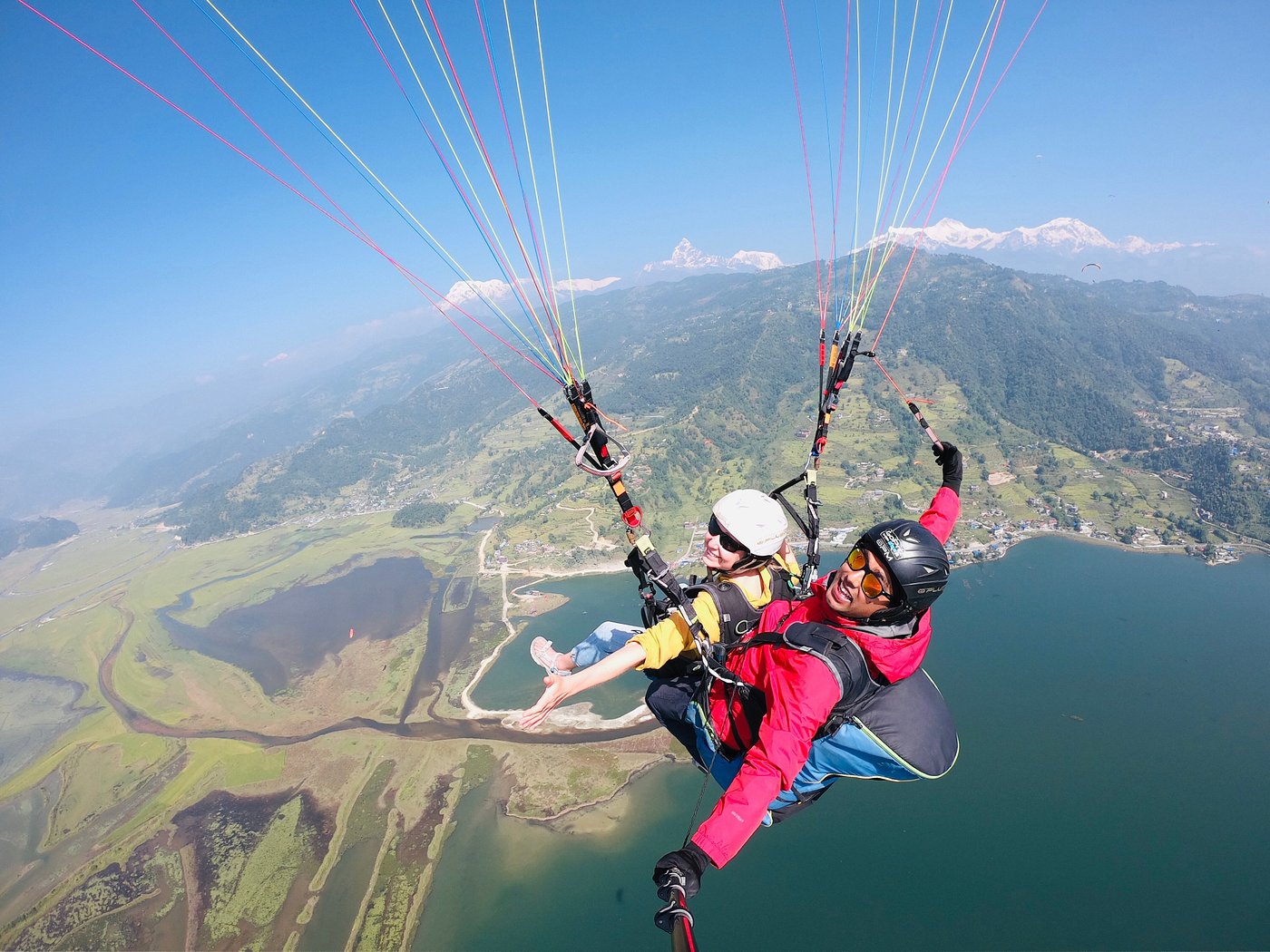Saftey Measures

At Advance Paragliding We take safety very seriously.
Our experienced pilots undergo rigorous training and certification, ensuring that every flight is conducted under the safest possible conditions.

Top-tier equipments used in paragliding industry
We use state-of-the-art paragliding gear, regularly maintained and inspected for your safety.

We train our pilots and staff for ultimate saftey
: Every guest receives a safety briefing before their flight, and for solo flyers, we require certification and a review of local conditions.
SOPs We Follow
Paragliding is an exciting adventure sport, but it comes with inherent risks. To ensure safety, here are some key safety measures for paragliding:
1. Proper Training
- Certified Instructor: Only fly after receiving training from a certified instructor.
- Practice in Safe Conditions Start with tandem flights before
2. Check Equipment
- Glider Inspection: Check the glider for any tears, damage, or wear before each flight.
- Harness and Carabiners: Ensure the harness is secure, and the carabiners are in good condition.
- Helmet and Protective Gear: Always wear a helmet, gloves, and other protective gear such as knee and elbow guards.
3. Weather Conditions
- Wind Speed and Direction: Avoid flying in strong or unpredictable winds.
- Thermal Conditions: Be aware of thermal activity, as excessive thermals can lead to instability.
- Cloud Base and Visibility: Never fly near or into clouds or in low-visibility conditions.
4. Pre-Flight Check
- Pre-Flight Inspection: Avoid flying in strong or unpredictable winds.
- Radio Check: Have a radio to communicate with the ground team.
- Flight Plan: Know the takeoff and landing areas, and plan your flight accordingly.
4. Emergency Preparedness
- Pre-Flight Inspection: Avoid flying in strong or unpredictable winds.
- Radio Check: Have a radio to communicate with the ground team.
- Flight Plan: Know the takeoff and landing areas, and plan your flight accordingly.
4. Fitness and Mental Preparation
- Pre-Flight Inspection: Avoid flying in strong or unpredictable winds.
- Radio Check: Have a radio to communicate with the ground team.
- Flight Plan: Know the takeoff and landing areas, and plan your flight accordingly.
4. Legal and Regulatory Compliance
- Pre-Flight Inspection: Avoid flying in strong or unpredictable winds.
- Radio Check: Have a radio to communicate with the ground team.
- Flight Plan: Know the takeoff and landing areas, and plan your flight accordingly.